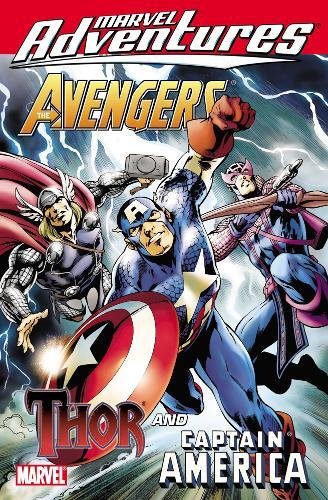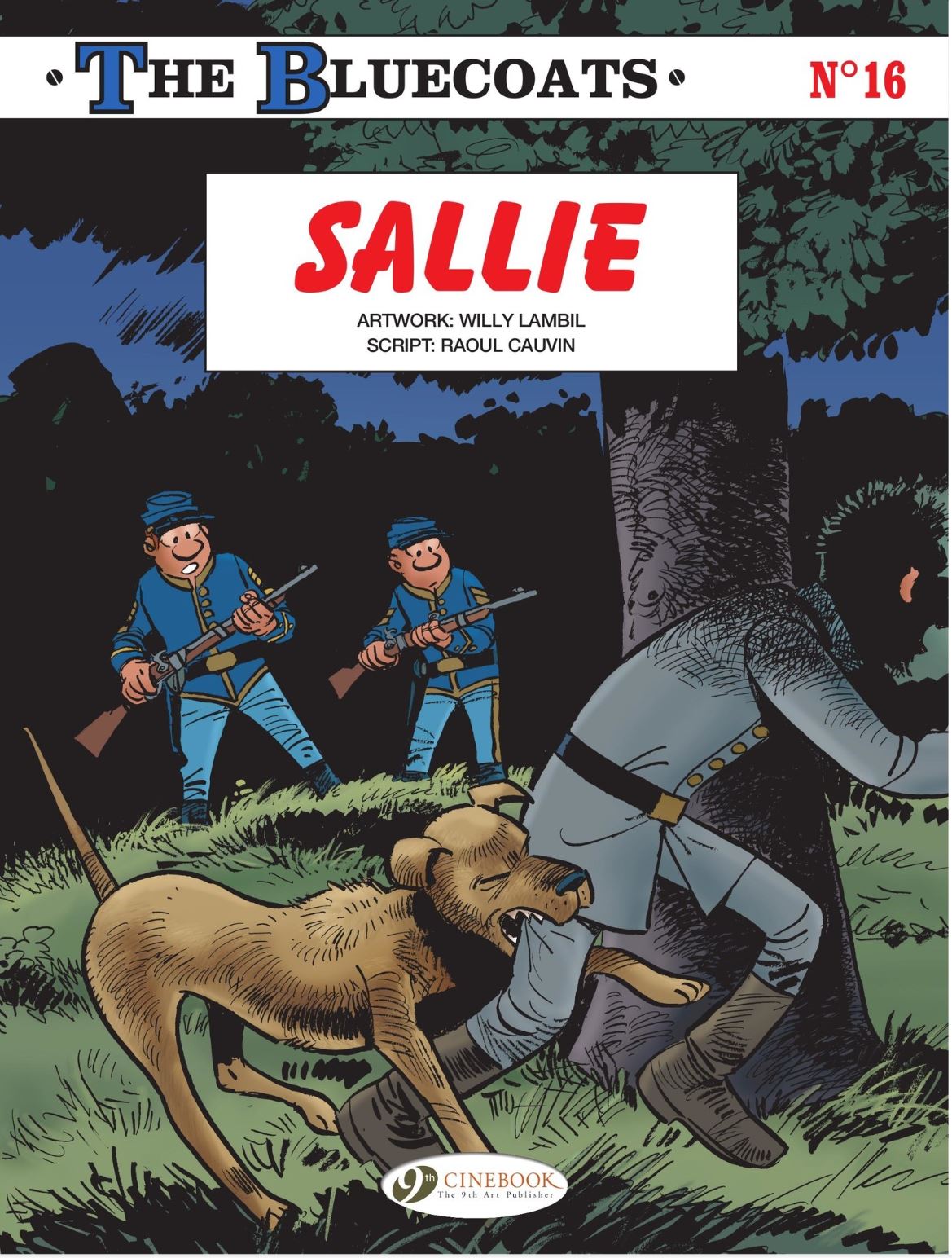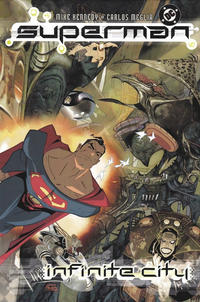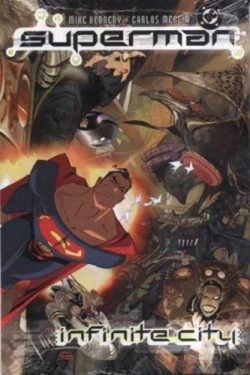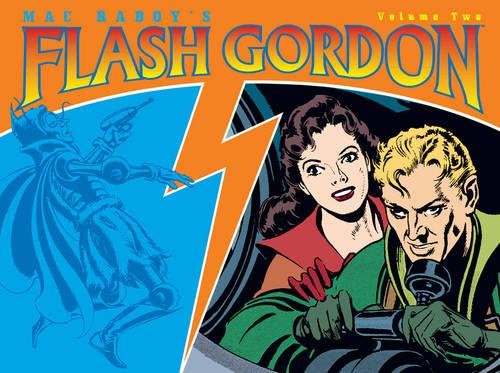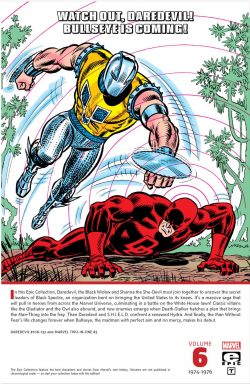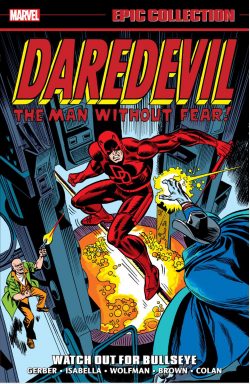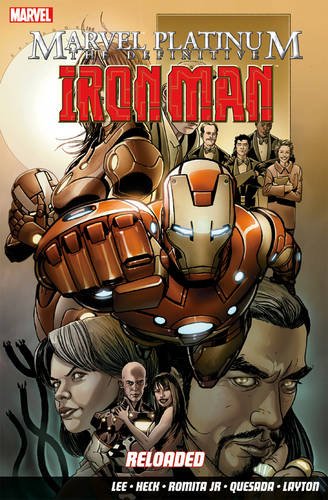

By Barbara Stok, design & colours by Ricky van Duuren: translated by Michele Hutchison (SelfMadeHero)
ISBN: (978-1-914224-09-6 (TPB/Digital edition)
It’s long been a truism of the creative arts that the most effective, efficient and economical method of instruction and informational training is the comic strip. If you simply consider the medium’s value as a historical recording and narrative system, the process encompasses cave paintings, hieroglyphs, pictograms, oriental prints, Stations of the Cross, the Bayeux Tapestry and so much more: and pretty succinctly covers the history of humanity…
For well over a century and a half, advertising mavens exploited the easy impact of words wedded to evocative pictures, whilst public information materials frequently used sequential narrative to get hard messages over quickly and simply. In a surprisingly short time, the internet and social media restored and enhanced the full universal might of image narratives to transcend language. Who doesn’t “speak” emoji?
Since World War II, strips have been used as training materials for every aspect of adult life from school careers advice to various disciplines of military service – utilising the talents of comics giants as varied as Milton Caniff, Will Eisner (who spent decades producing reams of comic manuals for the US army and other government departments), Kurt Schaffenberger and Neil Adams. The educational value and merit of comics is a given.
The magnificent Larry Gonick in particular uses the strip medium to stuff learning and entertainment in equal amounts into weary brains of jaded students with his webcomic Raw Materials and such seasoned tomes as The Cartoon History of the Universe, The Cartoon History of the United States and The Cartoon Guide to… series (Genetics, Sex, The Environment et al). That’s not even including his crusading satirical strip Commoners for Common Ground, and educational features Science Classics, Kokopelli & Company and pioneering cartoon work with the National Science Foundation. He never stops: his most recent books are Hypercapitalism: The Modern Economy, Its Values, and How to Change Them and The Cartoon Guide to Biology. Gotta Get ‘Em All…
Japan has employed manga textbooks in schools and universities for decades and even releases government reports, documents and business prospectuses in comics formats to get around the public’s apathy towards reading large dreary volumes of information. So do we and everybody else. I’ve even produced the occasional multi-panel teaching-tract myself. The method has also been frequently used to sublimely and elegantly tackle the greatest and most all-consuming preoccupation and creation of the mind of Man…
Like organised religion, the conceptual discipline dubbed Philosophy has had a tough time relating to modern folk and – just like innumerable vicars in pulpits everywhere – advocates and followers have sought fresh ways to make eternal questions and subjective verities understandable and palatable to us hoi-polloi and average simpletons.
In 2021 award-winning Dutch artist Barbara Stok (Barbaraal Tot Op Het Bot, De Omslag, Vincent) translated her interest in the discipline, history and one particular groundbreaking, revolutionary deep thinker to produce De filosoof, dehond en debruiloft and it was published by Nijgh &Van Ditmas, Amsterdam).
Born in Groningen in 1970, Stok was a journalist who studied at The Hague’s Fotoacademie School of Photography before moving into editorial cartooning and illustration in the 1990s. With Maaike Hartjes and Gerrie Hondius she pioneered a generation of female cartoonists using the art form to speak about their lives. Most of her personal work was amusingly autobiographical, working out her life’s big questions via strips. Inevitably, pondering life & death and right &wrong led her to other older investigators and after taking some formal philosophy courses – five years’ worth – she created a history of the astounding and incredibly bold and brave Hipparchia. Since 2020 Stok has taken on a regular gig: creating the strip Jan, Jans en de Kinderen for women’s weekly Libelle.
Delivered in her sublimely accessible child-like primitivist/Niavist style and preferred anecdotal episodic narrative format, The Philosopher, The Dog and the Wedding explores the life and status of women in 4th century (BCE) Greece through the thoughts and experiences of Hipparchia, daughter of a wealthy lumber-merchant in Maroneia, and long overdue to be profitably married off.
As seen in ‘eudaimonia/happiness’, she is given far too much liberty: being able to read, allowed full access to her father’s large library and indulged in her habit of eavesdropping on the philosophical debates of men. Naturally, this leads to her developing a keen mind and opinions of her own, but she can only share them with the house dogs…
After only a few embarrassments, she is bundled off to Athens where her brother Metrocles studies Philosophy with all the greatest thinkers of the Age of Alexander the Great. Wealthy silver mine owner Leandros has a son Kallios who needs a wife, and if she behaves herself and acts like a decent daughter should, she can bind the two families together…
In ‘paracharassein/deface the currency’ her education truly begins. A thrilling and revelatory mental readjustment comes from her apparent resignation to stay in her place, but only after after encountering a homeless tramp who is sublimely content and intellectually brilliant. Crates is the chief proponent of a radical offshoot of the Cynical movement: called by those who don’t mock him and rubbish his teachings as “the new Socrates”…
Distracted but still devout, Hipparchia endures: trying her best to follow family interests and convince Kallios’ family that she is worthy, but the gorgeous glittering prize – an Olympic javelin contender – doesn’t own a single book.
Always accompanied by a male slave, she goes through the traditional motions, buying clothes, learning the secrets of cosmetics and making herself as valuable as she can, but constantly encounters Crates, living his perfect life of poverty and thought. Her distraction proves advantageous, however, when Metrocles almost quits school and she begs Crates to talk him round…
The vagabond is respected by many: a student of the great Diogenes. Its why the Cynic school philosophers are called “Dogs”…
Successfully negotiating Leandros’ conditions, Hipparchia becomes the official fiancée in ‘physis/nature’ and begins learning her expected duties, but chafes at the utter lack of intellectual stimulation. When her brother buys Crates’ book of thoughts, she cannot stop herself reading it. Soon she’s listening in on the students debating in the men-only areas of the house and craving more…
Philosophers at that time could expound anywhere, and men would gather to listen, debate, contend and contribute. On her way to another fitting spree, Hipparchia joins a heated debate despite her social standing (“seen but never heard in public”) and it’s all her slave can do to extricate her from a dangerous situation. It’s worth it though, to hear Crates speak…
Frustrated and guilty as her brother bawls out the negligent slave, a crux moment occurs as she looks over Metrocles’ library and finds a scroll written by a woman. Perictione was Plato’s mother and her thoughts were clearly worth preserving…
Soon she embarks on a dangerous plan, and finds a way to join the male crowds and even openly debate with Crates…
As the marriage proceedings roll on, Hipparchia’s social sins and personal transgressions mount in ‘autarkeia/self-sufficiency’ before culminating in a ‘parrhèsia/freedom of speech’ crisis, the landmark resolution of ‘askêsis/training’ and a new beginning in ‘ataraxia/inner peace’…
This story of a powerful woman defining female empowerment and the fight for personal truth is delivered in a potent and accessible manner that beguiles fully as much as Hipparchia and Cratus’ logic and example convinced and challenged the literally patriarchal system of ancient Greece. Augmented by an impassioned ‘Afterword’ and detailed, copious and comprehensive ‘Notes’ to aid comprehension and provide context, this is a visual delight and telling hammer-blow of reasoned debate which should be compulsory reading for all.
© 2021 Barbara Stok. English translation © 2022 by Michelle Hutchison. All rights reserved.

